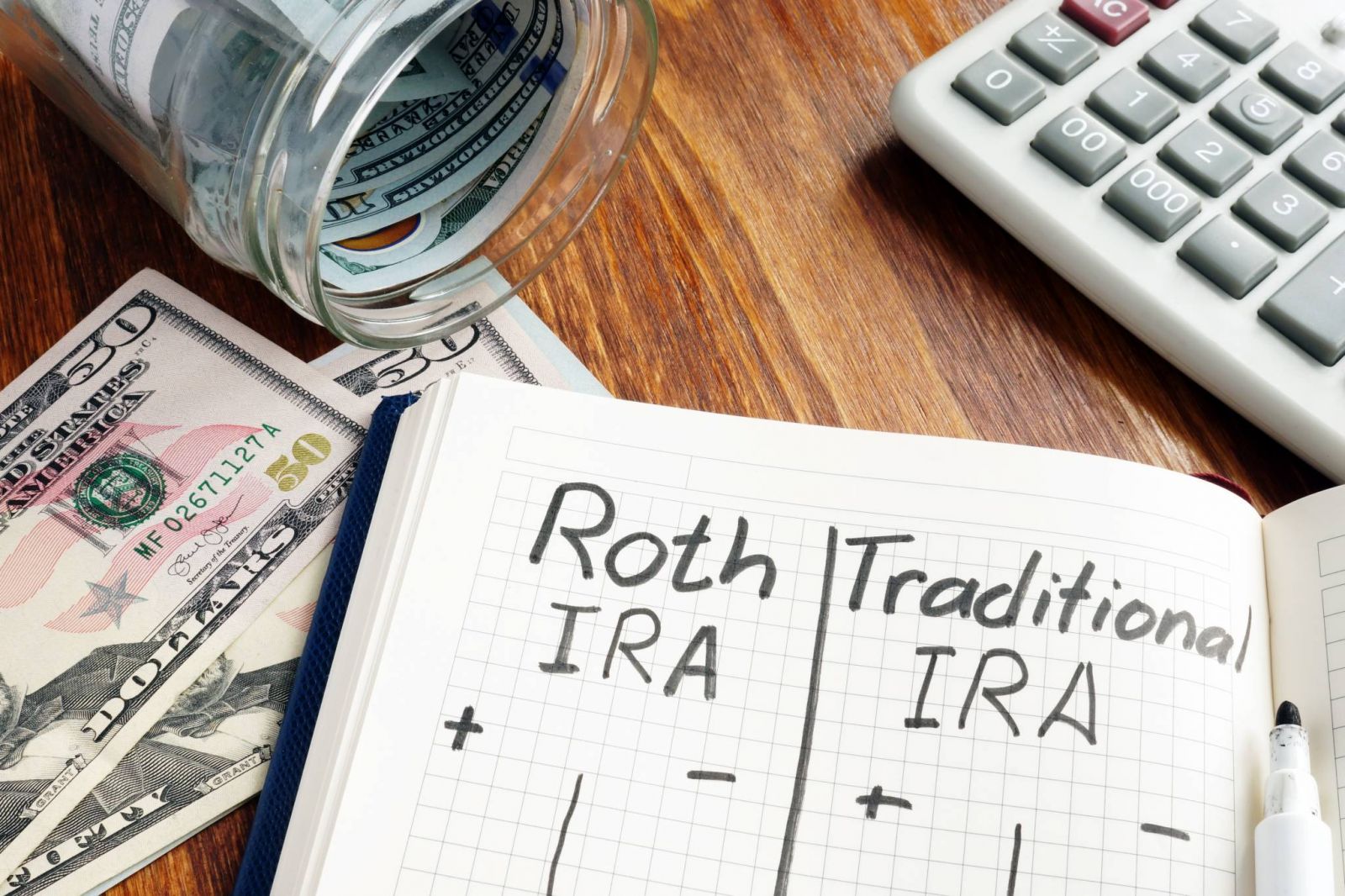Saving for your retirement is a must, no matter what one’s current financial status may be. As daunting a task as it might seem, there are ways to make it, thanks to the various retirements schemes and plans out there.
One of the most common and popular retirement plans is the Individual Retirement Account. Popularly called the IRA, it is a savings account made to help people save up money that they can later spend when they retire. They are of 2 types – Traditional and Roth IRAs. While the former allows providing deduction for holders’ contributions and helps them defer taxes on their savings till the time of withdrawal, the latter does not offers it’s holders any such provisions. That being said, it does make investment earnings both tax and penalty-free during withdrawal. Both of these plans are usually offered by employers.
For small business owners and the self-employed, however, there is a slightly different variation of the IRA. Called the Simplified Employee Pension or, simple the SEP IRA, this is a variation of the the traditional IRA tailored for the self-employed. Freelancers, and small business owners with at least one employee are eligible for an SEP IRA.
Here is how you can get started to open your IRA account, and by extension, start building your own retirement nest egg:
Step 1: Decide the IRA that suits you the best
Before you even begin the process of opening your IRA, you need to make your priorities straight. The first step towards doing that is to decide upon the plan that would suit you the best. There are several factors that will influence the type of IRA you should use – these include (but are not limited to) – your income, age, debts, tax status and overall financial status.
Step 2: Consider opening an SEP IRA
For several freelancers and small business owners, opening an SEP IRA is a viable option, since they can easily use it to make tax-deductible contributions for themselves and/or their business. It is therefore important that you consider if an SEP IRA would work better in your particular situation.
Remember: Only you – the owner and employer – can contribute to your IRA.
Step 3: Choose where you would like to open your IRA
The next important step to take is to choose the place where you will be opening your IRA. The appropriate thing to do is to choose the account provider that offers the lowest possible account fees, good customer support, commission-free exchange funds, and a range of mutual funds sans transaction fees.
Step 4: Decide upon the amount of initial deposit you would like to make to start your IRA
Your initial funding is the first step to determining how much your IRA would be worth and how much you can and should possibly contribute to it. While a few brokers do have $0 minimum deposit rate, most require a minimum investment of $1,000.
Step 5: Plan your investment options
There are several ways to invest in IRA funds – individual stocks, bonds, and mutual funds are some of those ways. Make sure to choose the investment options that suit your situation best and help you make the most with the least risk.
Step 6: Plan your time on when and how you would like to manage your IRA
Opening and maintaining an IRA requires time and involvement – which is tricky when you are freelancing or running your business. Make sure to devote some time to pay attention to IRA matters, given how crucial they would be after you retire. Additionally, you can utilize a robo-advisor to help manage your account with the help of computer algorithms.
Step 7: Decide your marital status when you open your IRA
Your marital status determines the extent and contributions of your IRA. For instance, if you file your IRA as a with your spouse (if that is applicable), you can make twice the amount of contributions.
Step 8: Consider the option of opening your IRA online
In today’s day and age, when technology is at its prime and time if of the essence, the internet is one of the best places for the self-employed to open an IRA. All you need to do is to go to the website of the provider and fill in the relevant information such as employment information, social security number and contact information.
Step 9: Plan the funding of your IRA account
How you fund your IRA is a crucial step in determining where your account would stand eventually. Make sure to include your account number when you set up your IRA.
Step 10: Make automatic transfers to your IRA account
Setting up automatic transfers has more benefits that you can count. Not only does it help allocate a fixed amount every month, it would help you structure your expenses around it. It also acts as a reinforcement in maintaining your bank account, given how you would like to avoid making any kind of defaults (and the amount of fees that it would entail).
